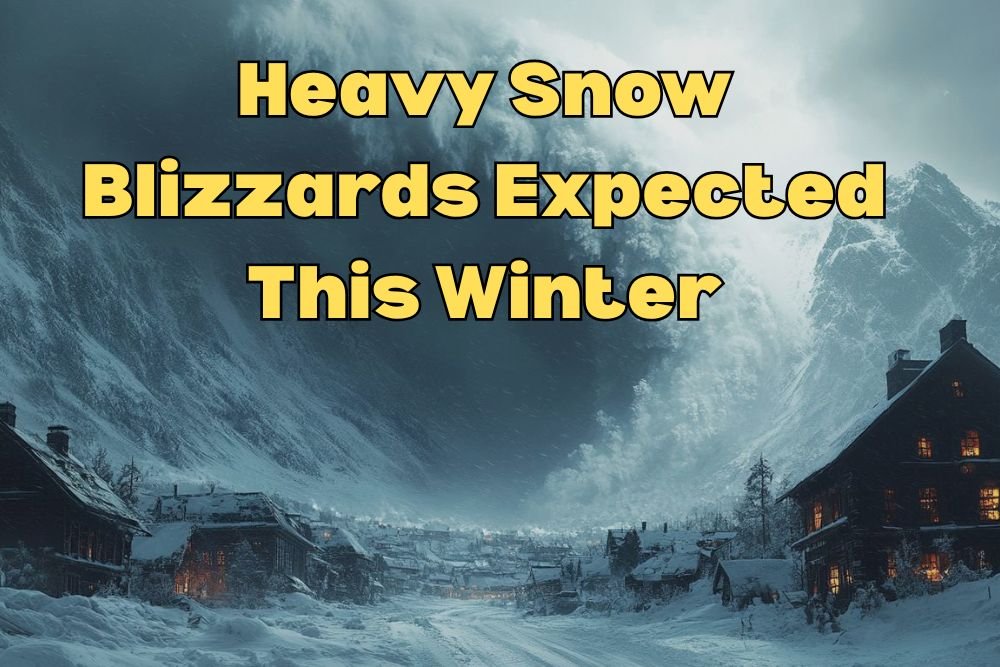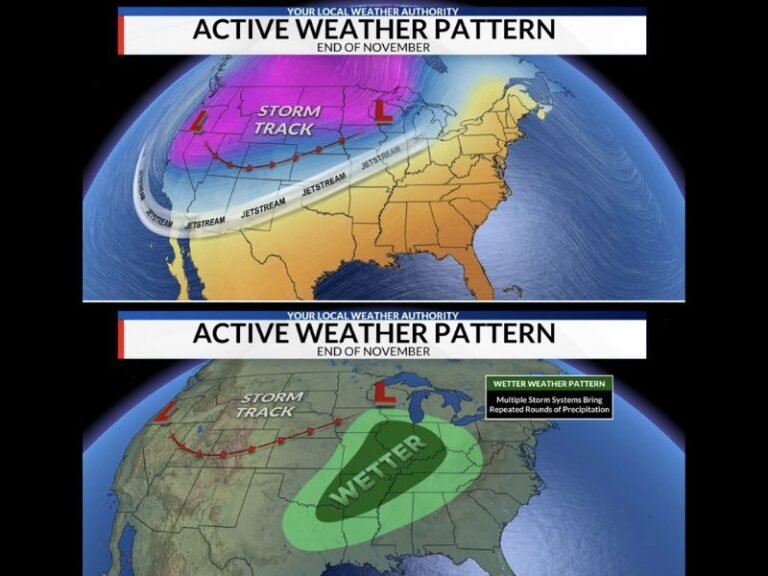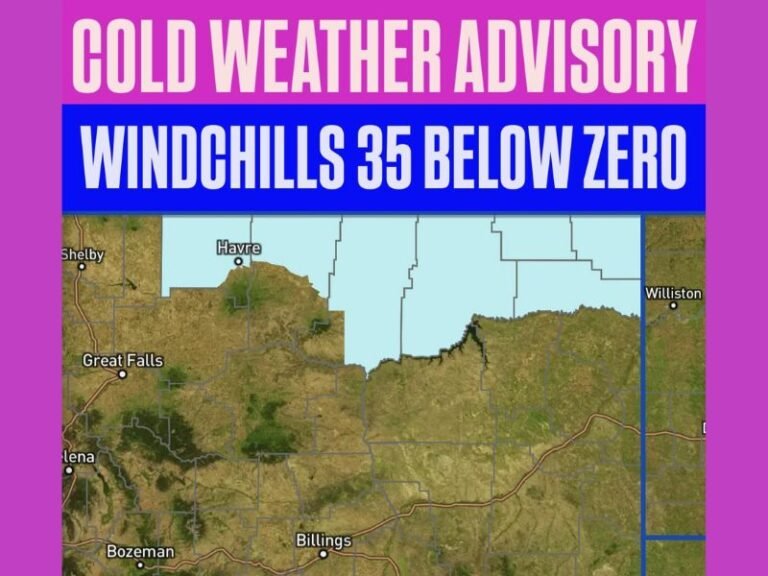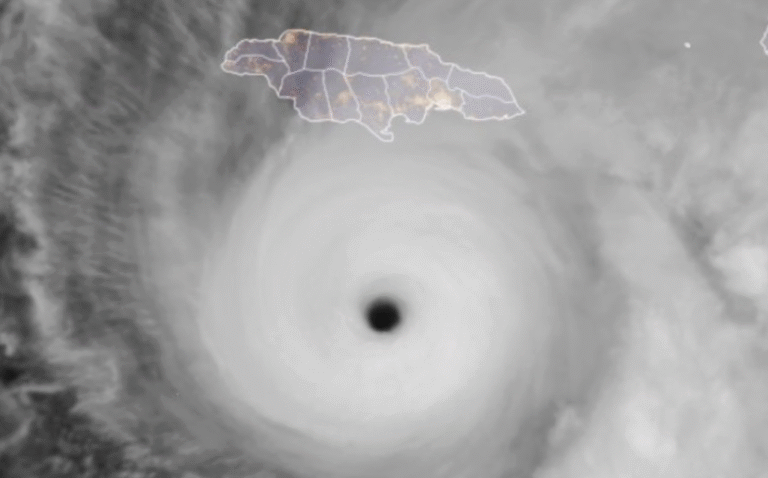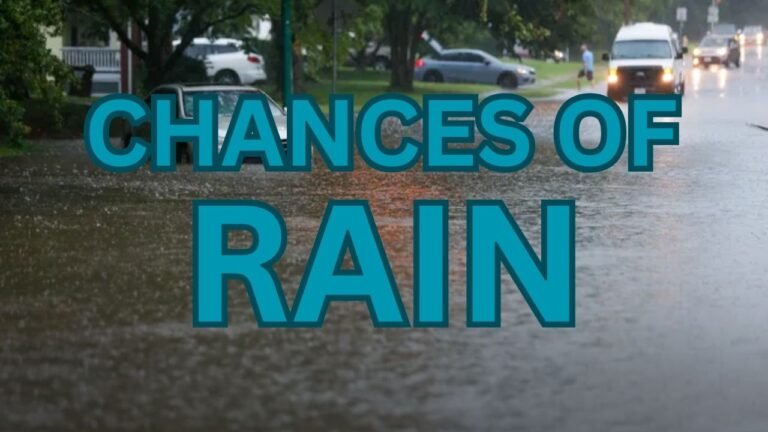NOAA Forecast: Alaska Braces for Brutal Cold and Heavy Snow Through Winter 2026
ANCHORAGE, AK. — Alaska is heading into a long, frigid, and snow-packed winter, with Arctic air and North Pacific storms expected to dominate the state through April 2026, according to the National Oceanic and Atmospheric Administration’s (NOAA) newly released Winter 2025–2026 outlook.
The Climate Prediction Center projects above-normal precipitation and below-normal temperatures statewide, signaling a season defined by frequent blizzards, subzero wind chills, and record-long cold snaps.
Arctic Blasts to Grip Central and Interior Alaska
The National Weather Service in Anchorage warns that southern and central Alaska will face repeated snow events and extended cold periods beginning as early as December.
“This winter will be active across southern and central Alaska, with repeated snow events and extended cold periods,” forecasters said.
Communities like Anchorage, Kenai, and the Mat-Su Valley can expect steady snowfall through February, while Fairbanks and Interior Alaska are forecast to endure prolonged subzero temperatures and light, powdery snow.
Along coastal regions — including Kodiak Island and the Aleutians — residents should prepare for stormier conditions, featuring a volatile mix of snow, sleet, and high winds that could create hazardous travel at sea and on coastal highways.
January and February to Deliver Peak Severity
The harshest conditions are expected during January and February, when Arctic high pressure will strengthen, driving wind chills to -40°F or lower across the interior.
Major routes such as the Parks Highway (AK-3) and the Glenn Highway (AK-1) may face frequent closures due to drifting snow, blizzard conditions, and reduced visibility, according to the Alaska Department of Transportation (DOT).
“Drivers should monitor road advisories and always carry full emergency supplies — including extra fuel, blankets, and food,” the DOT cautioned.
Avalanche and Energy Concerns Rising
The extended cold pattern may persist into early April, NOAA said, delaying spring thaw and increasing avalanche danger across the Alaska Range and coastal mountains.
Forecasters also warned that the prolonged subzero temperatures will elevate heating demands and strain energy infrastructure, particularly in rural and interior communities.
Energy providers are advising residents to check heating systems early and prepare for possible interruptions during storm periods.
A Classic, Relentless Alaskan Winter Ahead
NOAA meteorologists describe the upcoming season as a “return to classic Alaskan winters” — long, unyielding, and filled with both challenges and beauty.
“For Alaska, Winter 2026 looks to be relentless — brutally cold, deeply snowy, and classic in every sense of an Alaskan winter,” the NOAA outlook stated.
As the Arctic deep freeze sets in, residents are urged to stay alert for winter weather warnings, avalanche advisories, and road closures through SaludaStandard-Sentinel.com, where regional updates and safety resources help Alaskans stay informed throughout the season.

